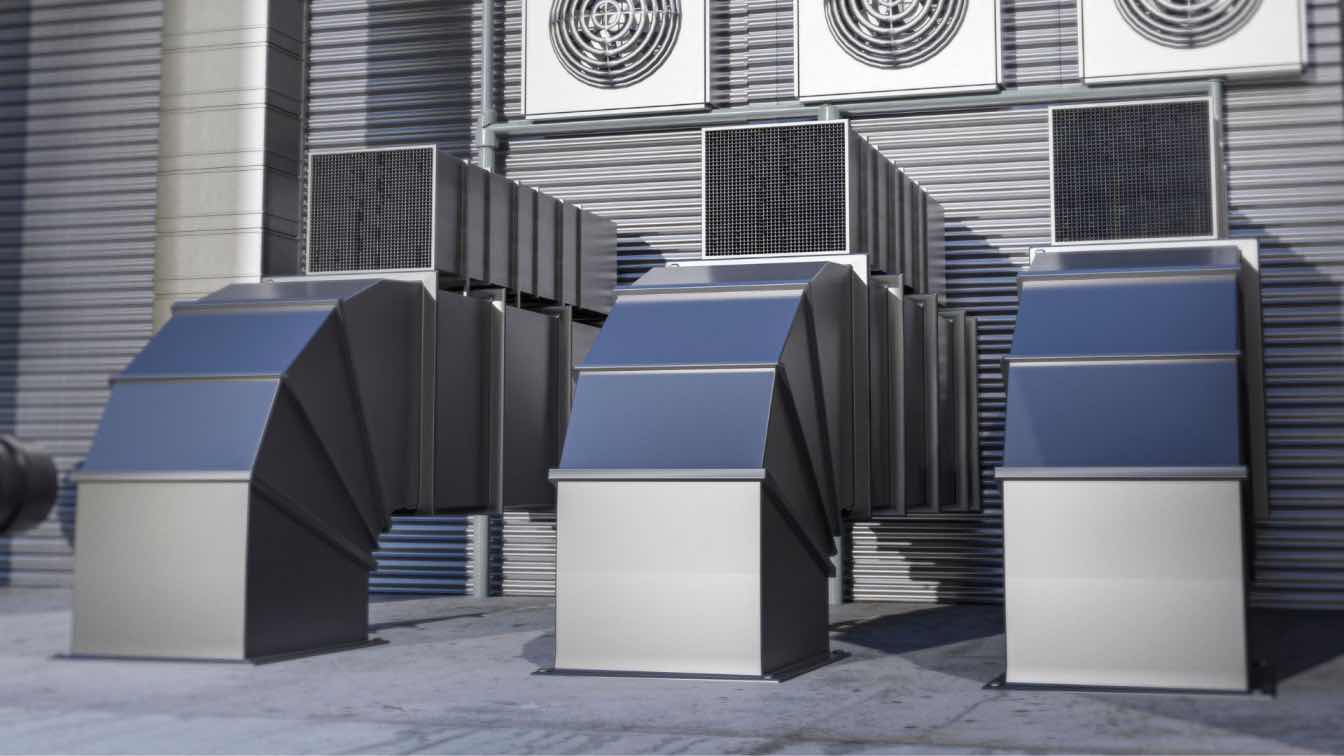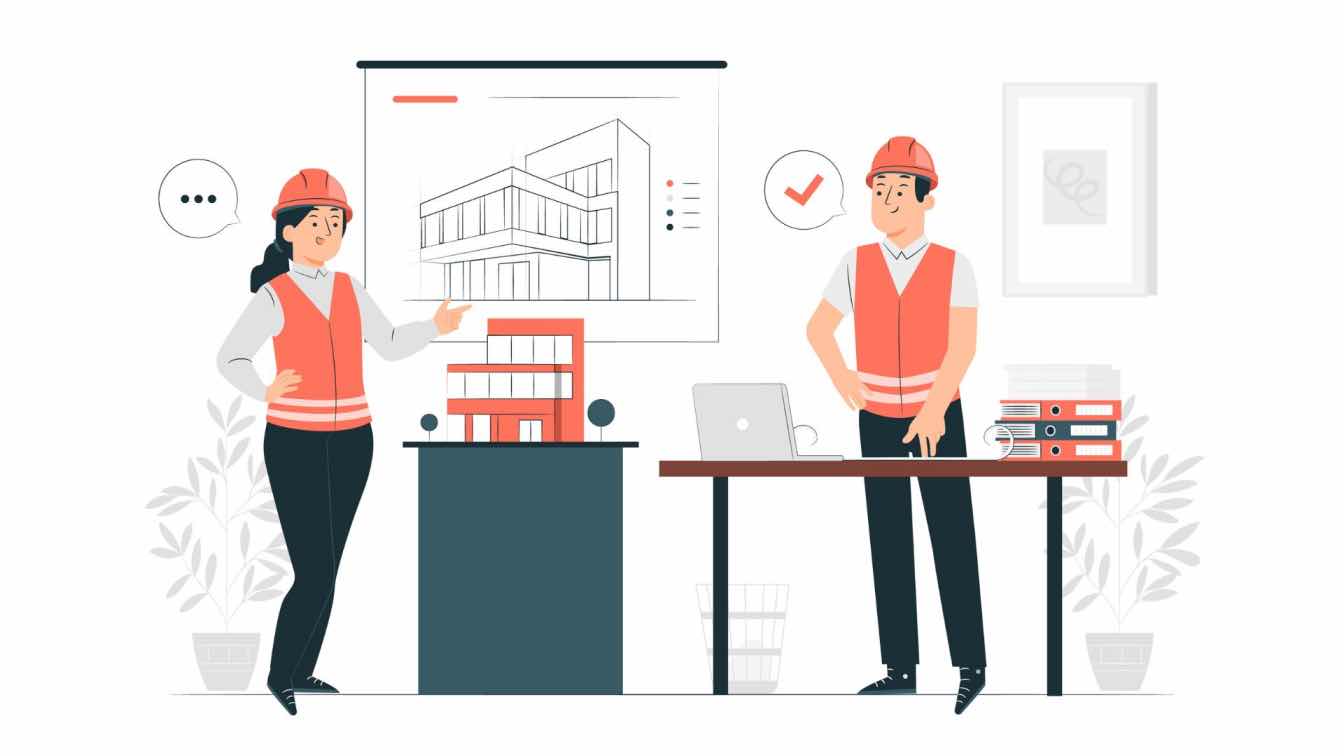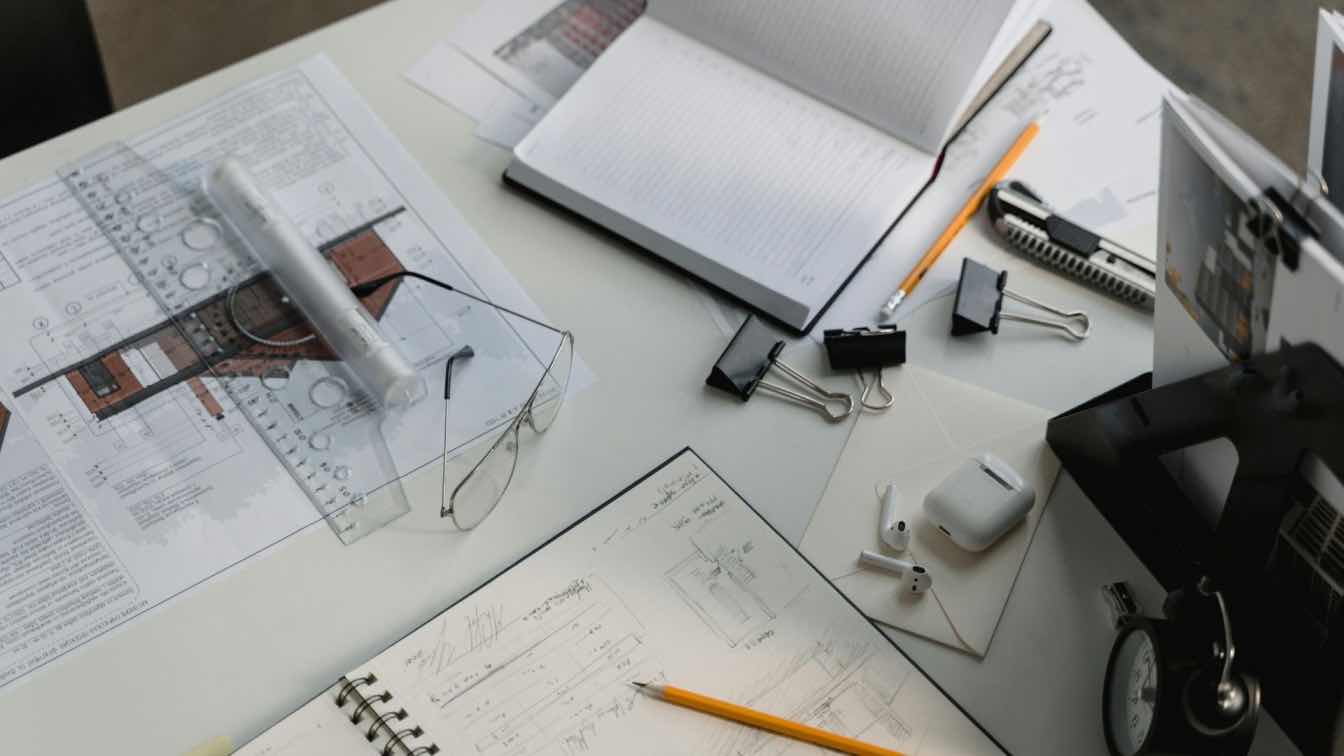In Australian households, efficient heating and cooling systems are essential for comfort and well-being. However, while many rightly focus on maintaining AC units, the importance of clean air ducts often goes unnoticed. These ducts play a crucial role in optimising the performance of heating and cooling systems in the home.
In this article, we will shed light on the importance of clean air ducts in Australian homes, the dangers of dirty ducts, and the best methods of duct cleaning. By understanding and addressing this often-overlooked aspect of AC maintenance, homeowners can ensure a healthier and more comfortable living environment.
Understanding Air Ducts
Air ducts play a pivotal role in the functionality of AC systems, serving as conduits for the distribution of conditioned air throughout residential spaces. Comprising a network of tubes or passages typically constructed from materials like metal, plastic, or fibreglass, these ducts facilitate the circulation of heated or cooled air to maintain consistent temperatures indoors.
The seamless flow of air through these ducts is imperative for the efficient operation of AC systems and ensuring optimal comfort levels within homes. Properly designed and installed ductwork promotes uniform airflow throughout the premises, minimising energy wastage and enhancing overall system efficiency.
To uphold the effectiveness of air ducts, it is essential for homeowners to possess a comprehensive understanding of their layout and condition. Regular inspection and maintenance routines are crucial in this regard, enabling the timely detection and resolution of issues such as leaks or blockages. By prioritising proactive maintenance practices, homeowners can ensure the uninterrupted functionality of their AC systems and foster a comfortable indoor environment year-round.
Impact of Dirty Ducts on Energy Efficiency
Accumulation of dirt and debris in air ducts can significantly lower the efficiency of AC systems. As airflow is obstructed by these contaminants, the system must work harder to maintain desired temperatures, leading to increased energy consumption. Dirty ducts can also cause uneven distribution of air, resulting in some areas of the home being inadequately heated or cooled.
Studies suggest that clean air ducts can improve energy efficiency by up to 40%, translating to substantial cost savings on utility bills over time. Regular cleaning and maintenance of ductwork are therefore essential for maximising energy efficiency and reducing environmental impact.
In Australian climates, where AC systems are often in frequent use, the impact of dirty ducts on energy consumption can be particularly pronounced. By investing in professional duct cleaning and adhering to a regular maintenance schedule, homeowners can mitigate these effects and enjoy more efficient heating and cooling throughout the year.
Signs Your Air Ducts Need Cleaning
Reduced airflow: A noticeable decrease in airflow from vents can signify potential blockages or the accumulation of debris within the ductwork. This obstruction hampers the efficient distribution of heated or cooled air throughout your home, leading to uneven temperatures and placing undue strain on your AC system.
Persistent dust: Despite regular cleaning, an excessive buildup of dust on furniture and surfaces may indicate dirty air ducts circulating dust particles throughout your living space. This not only compromises cleanliness but also exacerbates indoor air quality issues.
Unpleasant odours: Foul or musty odours emanating from vents may suggest the presence of mould, bacteria, or other contaminants lurking within the ductwork. These odours not only detract from indoor comfort but also pose potential health hazards.
Allergy symptoms: If household members experience increased allergy symptoms or respiratory issues, it could be attributed to poor indoor air quality stemming from dirty air ducts. Dust, pollen, and other allergens trapped within the ductwork are circulated throughout the home, triggering allergic reactions and respiratory discomfort.
Best Practices for Duct Cleaning
The best practice for duct cleaning is contracting the services of a professional. Professional duct cleaners possess specialised tools, including high-powered vacuums, brushes, and compressed air, which are not typically accessible to regular homeowners. Leveraging their expertise and advanced equipment, these specialists can efficiently eliminate accumulated dust, mould, and other contaminants, thereby ensuring superior indoor air quality and a healthier living environment.
In addition to professional cleaning, homeowners should conduct periodic inspections of their ducts to evaluate cleanliness levels and identify potential issues promptly. Another beneficial strategy to consider is duct sealing. Addressing leaks or gaps in the ductwork can prevent air loss and enhance overall system efficiency. By embracing these best practices, homeowners can foster improved airflow, minimise energy wastage, and sustain optimal indoor air quality throughout their homes.
Check if your Air Ducts need Cleaning Today!
Clean air ducts are essential for efficient heating and cooling, yet often overlooked in household maintenance routines. Prioritising duct cleaning improves energy efficiency, indoor air quality, and overall system performance.
Regular inspections and professional cleaning services ensure optimal airflow and mitigate health risks associated with dirty ducts. Investing in duct maintenance not only reduces utility bills but also extends the lifespan of HVAC systems, offering long-term cost savings. By embracing a proactive approach to duct maintenance, homeowners can create healthier and more comfortable living environments for themselves and their families.





